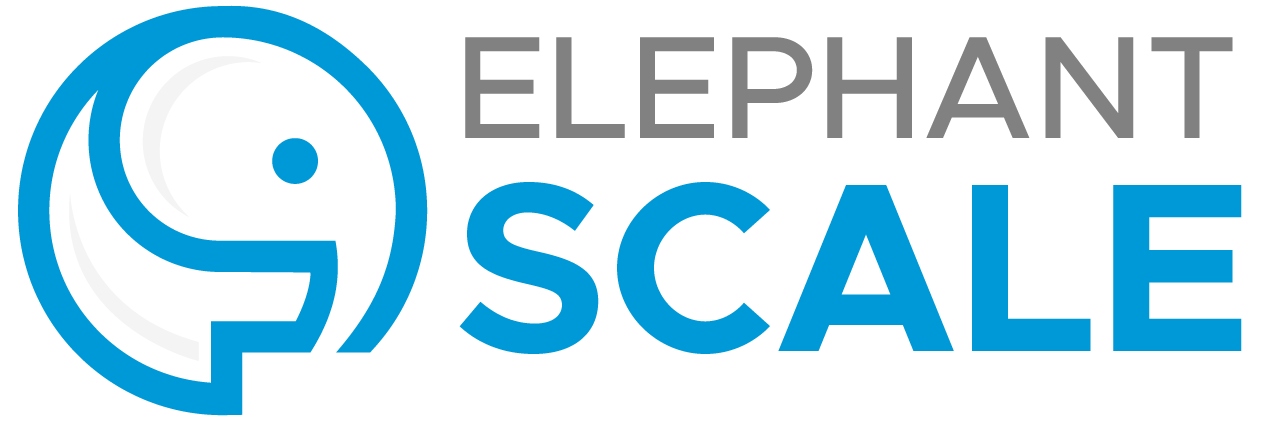Training is an important part of any business today. Whether it is reading a book, learning online, or learning in class, but the pace of innovation does not leave any other choice. In my earlier post, I explained why there is a place and time for online learning (MOOC) and in-class learning. Numbers bear this out, with the volume of in-class learning going up steadily, especially in the new area.
When looking for in-class training, which factors you should consider to get the best results? Here are ten factors you may want to consider. You will have a choice between aggregators who collect many different courses on their sites and direct providers who usually specialize in a particular area of knowledge.
1. Original content
Aggregator, as a rule, brings together outlines from many places and publishes them on their website. The good side of this is that you have a choice, but the delivery may be a problem: the aggregator will need to find a trainer to deliver, and the outline may be outdated.
By contrast, the direct provider advertises what you will get, exactly. For example, we have created all of our courses listed here. Additionally, we update our course every time we teach it. We do before, to verify the latest in the technology, and after, with any suggested improvements.
2. Direct communication
When a direct provider’s trainer goes to teach, he is often the author or a co-author of the training materials. Not only he knows them well, but he will also do the updates before and after, as I mentioned above. There is no loop of him submitting a feedback, and that feedback making it back into the materials, potentially half a year to a year later.
3. Relationship
As a result of an established relationship, the direct provider gets to know you and your special needs. They can suggest courses or even develop courses that you will need in the very near future, or that you need to be successful on specific projects. This is a result of the direct communication between you and the direct training provider.
4. Technical help
The direct trainer listens. When the trainer sees a technical problem that he knows or can find or create an answer to, he will point this out to you. This happened to us at Elephant Scale a number of times. Often, students asked for advice on their current projects. The trainer at the direct provider can offer this help, even after the class. He is also a practitioner and spends a good portion of his time designing systems and implement code, always using the best practices that he himself teaches. This benefit is ongoing.
5. You get points
When you deal with a direct provider, you get the benefits similar to those you get with an airline; When you book with Expedia, it keeps your points. As an example, we at Elephant Scale often offer free training for individuals, in conjunction with our onsite classes.
6. Special offers
We often run a lottery allowing students to take part in a class of their choice. Lucky winners then advance their careers. It’s good to be in touch.
(Image source: https://static.pexels.com/photos/70292/pexels-photo-70292.jpeg)

